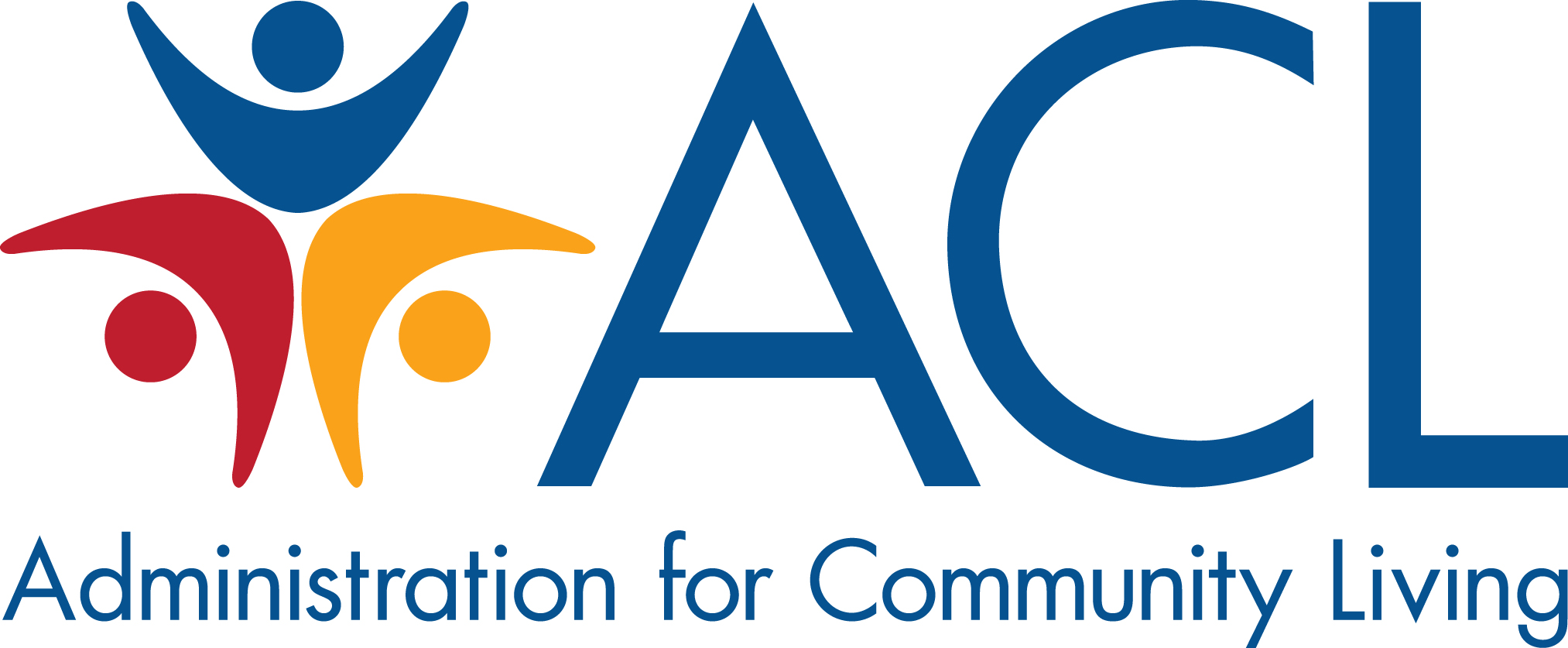Every day, the national Senior Nutrition Program serves nearly one million nutritious meals across the country through a network of about 5,000 local providers. The program delivers more than just meals to older Americans — it nourishes communities by providing vital socialization, education, and access to supportive services.
Local program services are available to those 60+, their spouses of any age, and individuals with disabilities who live in facilities occupied primarily by older adults receiving congregate meals. Local agencies may also offer meals to volunteers serving during meal hours and to people with disabilities who live at home with eligible older adults.
What people say about the Senior Nutrition Program (video)
What makes the program unique?
Authorized under Title III-C of the Older Americans Act (OAA), the program stands apart from traditional food assistance programs by offering:
- States the flexibility to implement programs best suited to their communities
- Personal connection with staff and volunteers who can identify changes in health
- Nutrition screening, education, and counseling from registered dietitian nutritionists
- Nutritious prepared meals that:
- Adhere to current Dietary Guidelines for Americans and are appealing
- Provide at least one-third of the Dietary Reference Intakes
- Comply with food safety state and local requirements
- Direct links to other crucial supports and services, such as transportation assistance, home health services, home modifications, volunteer opportunities, and evidence-based health programs like falls prevention classes.
A Community-Supported Investment
For over 50 years, the Senior Nutrition Program has operated with support from many sources — not just federal funding. Local programs are also sustained by foundations, state and local governments, direct payments for services, voluntary participant contributions, and fundraising efforts. However, the true spirit of the community investment in each local program lies in the many volunteer hours contributed by community citizens. These volunteers represent an immeasurable financial investment and make possible equally great health outcomes for program participants.
Congregate Meals
Meals served in group settings help keep older adults healthy and living independently. Senior nutrition programs can be found in senior centers, faith-based facilities, restaurants, and other convenient community locations. These programs protect against malnutrition, which leads to shorter life expectancy, premature institutionalization, higher disease rates, and extended hospital stays. Beyond nutrition, congregate meals reduce social isolation while providing access to health screenings, transportation, and enrichment activities.
Congregate meals contribute to older adults’ overall health by offering:
- Opportunities to make friends and stay connected
- Access to health education and wellness activities
- Nutritious meals that are tasty and delicious4 in a welcoming social setting
- A gateway to other community services and volunteer roles
Data from the 2024 National Survey of OAA Participants illustrate the impact of congregate programs. Of the respondents participating in congregate meals, whose average age is 76.7:
- 74% believe their health has improved because of the program.
- 74% say they eat healthier because of the program.
- 75% feel the program helped them to live independently.
- 87% rate the meal as good or excellent.
- 50% say a congregate meal provides at least half of their food for the day.
- 44% live alone.
Home-Delivered Meals
Older adults can participate in the senior nutrition program through home-delivered meals that bring nutrition and connection to their doors. Home-delivered meals help combat malnutrition, helping older adults maintain their health and independence while aging in place. Beyond providing nutrition, meal delivery volunteers offer crucial wellness checks for homebound seniors, helping to reduce isolation and ensuring timely intervention when health concerns arise.
Home-delivered meals provide:
- Regular wellness checks
- Social connection for isolated older adults
- Nutritious meals delivered by caring staff or volunteers
- Information and referral to other services
The 2024 data from the National Survey of OAA Participants illustrate the effectiveness of home-delivered nutrition programs. Of home-delivered participant respondents, whose average age is 78.6:
- 42% report difficulty going outside the home (e.g., visiting a store or doctor's office).
- 85% say they eat healthier because of the program.
- 93% feel the program helped them to live independently.
- 88% rate the meal as good or excellent.
- 58% say a home-delivered meal provides at least half of their daily food.
- 63% live alone.
Building Capacity and Improving Efficiency
Nutrition and Aging Resource Center: This ACL-funded center provides information, resources, and technical assistance to build the capacity of OAA-funded senior nutrition programs to provide efficient, high-quality, person-centered services.
Innovations in Nutrition Programs and Services Grants: ACL funds the testing and documentation of innovative and promising practices to enhance the quality, effectiveness, and outcomes of nutrition services. Projects have the potential for broad implementation and demonstrated value, such as improvements in participant health and cost savings. Service delivery models are successfully replicated using grantee-developed tools and guides.
Nutrition Services Incentive Program (NSIP): NSIP helps nutrition service providers serve more meals by supplementing resources to states, territories, and tribal organizations. This support may be provided as cash grants to purchase food, USDA food commodities, or a combination. The amount of support is based on the number of meals a program served the previous year.
Data Resources
- AGing, Independence, and Disability (AGID) Program Data Portal
- Older Americans Act Performance System
- Nutrition and Aging Resource Center Data & Reports page


